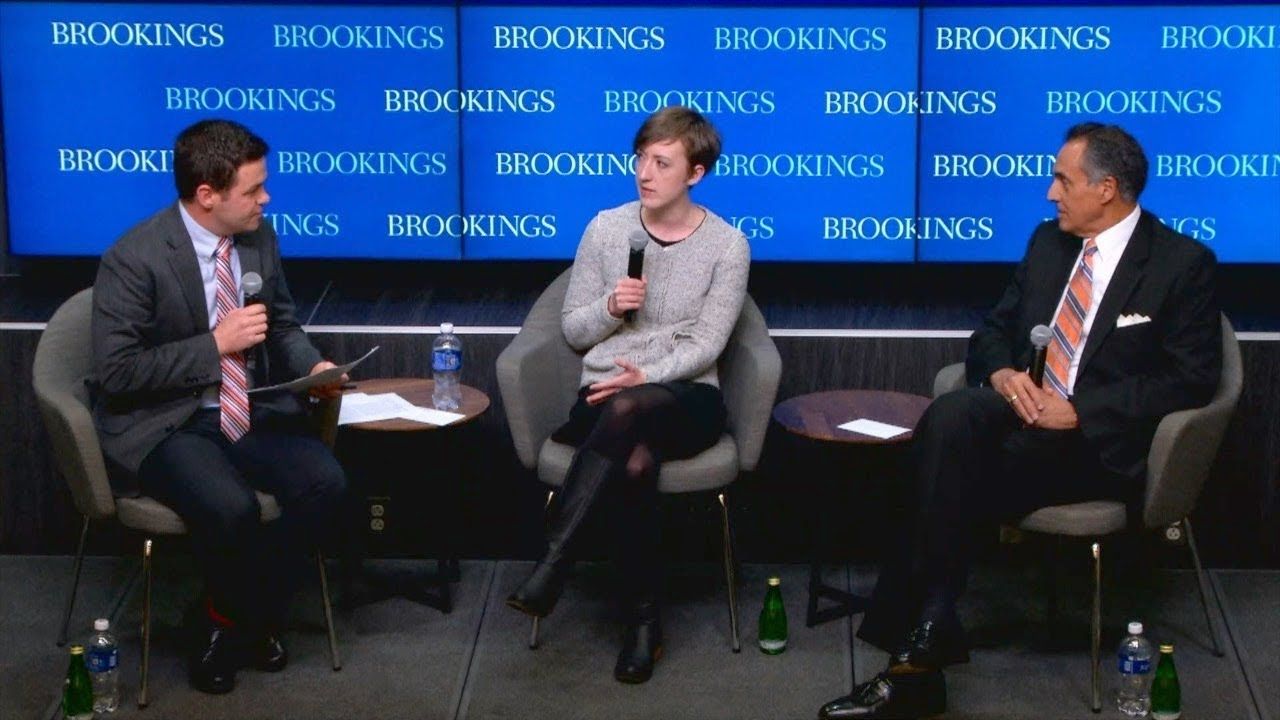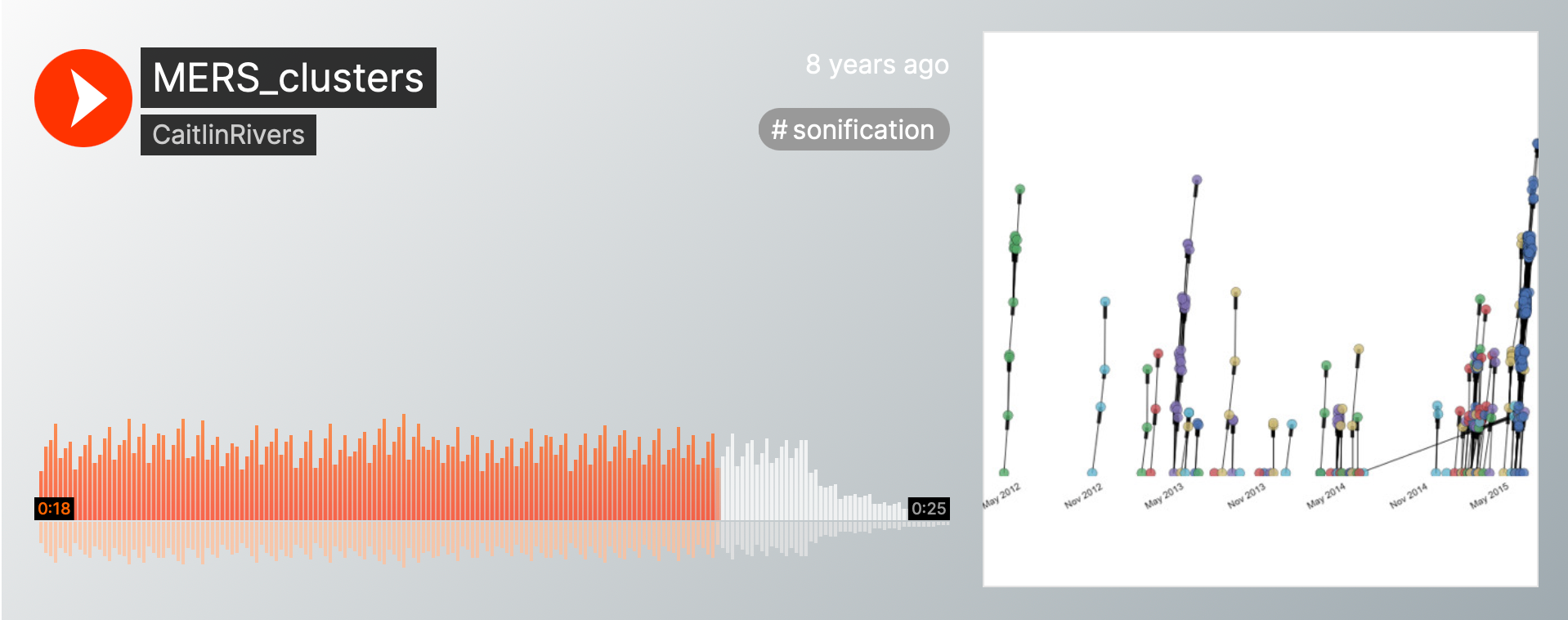I am an infectious disease epidemiologist specializing in epidemics, pandemics, and biosecurity. Most of my work involves improving outbreak response, usually by using infectious disease modeling and analytics to improve decision making.
For a brief tour, here are three things each that I am doing, have done, and like to do.
Current
- I am the director of the Center for Outbreak Response Innovation, which is funded by a $23.5M grant from CDC. CORI is partnering with several state health departments, the National Governor’s Association, broadcast meteorologists, and a major employer. We aim to improve the speed, accuracy, and use of data and analytics during health emergencies. Together with a large team, notably Crystal Watson.
- I run several projects related to improving the process of outbreak response. ORBIT, for example, is developing guidelines for what information public health authorities should report to the public during outbreaks. Together with Vanessa Grégoire and Alex Zhu.
- I am also interested in identifying ways for the healthcare system to better serve patients. My Voices in Print project partners with patients or their advocates to craft editorials or perspective pieces for publication in academic journals that contribute to conversations supporting the evolution of standards of care for their conditions. Together with Alyson Browett and Elena Martin.

Previous
- I spent most of a decade as part of a small team advocating for the creation of what is now the Center for Forecasting and Outbreak Analytics. That effort resulted in an executive order, $200M in supplemental appropriations, and eventually annual appropriations and permanent authorizing language. I spent a year at CDC to help establish the center. Together with Dylan George, Alison Kelly, Marc Lipsitch and Rebecca Kahn.
- During the Covid-19 pandemic, I wrote numerous reports providing practical guidance for the public, state and local leaders, and the Federal government. My work helped to inform legislation, executive branch policy, school reopening, and more. I have testified in front of Congress three times on similar themes. I also established and oversaw a Covid-19 newsletter with 150,000 subscribers at peak.
- Prior to the pandemic, I focused on infectious disease modeling and analytics to inform outbreak control, including for the 2014 Ebola outbreak, MERS, H7N9, and more. I also did a stint as a civilian epidemiologist with the U.S. Army.
 CFA team. By Kevin D. Liles for WaPo
CFA team. By Kevin D. Liles for WaPo
Just for fun
Epidemiology is not just my expertise, it’s also my vocation. I’ve developed a number of interesting side projects and activities over the years.
- Before the site’s demise, I maintained a Twitter account of over 200,000 followers where I wrote about–what else–outbreaks. I later decamped to Substack where I write about what’s going around, among other epidemiology topics.
- I wrote what I think is the first Python package for epidemiology, epipy. (I’ve also developed wrappers for Project Tycho and the WHO’s Health Alert Network site.) As part of epipy, I developed a new type of visualization that displays stuttering chains of infection. Later, I turned that into quasi-music after hearing a segment on NPR about earthquake data that was made into music.
- During the 2014 Ebola outbreak, I maintained a repository that was the only source of machine readable data at the time. It earned me an invitation to a White House meeting. I’ve had occasion to visit for each of the last three administrations, which never stops being awe-inspiring
 Case tree plot turned music
Case tree plot turned music

 CFA team. By Kevin D. Liles for WaPo
CFA team. By Kevin D. Liles for WaPo Case tree plot turned music
Case tree plot turned music